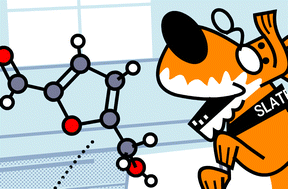New tricks by very old dogs: predicting the catalytic hydrogenation of HMF derivatives using Slater-type orbitals†
Abstract
We report new experimental results on the hydrogenation of

* Corresponding authors
a
Avantium Technologies B.V. Zekeringstraat 29, 1014BV Amsterdam, The Netherlands
E-mail:
erikjan.ras@avantium.com
Web: www.avantium.com
Fax: +31 (0)20 586 8085
Tel: +31 (0)20 586 8080
b
Van't Hoff Institute of Molecular Sciences, University of Amsterdam, Science Park 904, 1098XH Amsterdam, The Netherlands
E-mail:
g.rothenberg@uva.nl
Web: www.science.uva.nl/hims/hcsc
Fax: +31 (0)20 525 5604
Tel: +31 (0)20 525 6963
We report new experimental results on the hydrogenation of

 Please wait while we load your content...
Something went wrong. Try again?
Please wait while we load your content...
Something went wrong. Try again?
E. Ras, M. J. Louwerse and G. Rothenberg, Catal. Sci. Technol., 2012, 2, 2456 DOI: 10.1039/C2CY20193C
To request permission to reproduce material from this article, please go to the Copyright Clearance Center request page.
If you are an author contributing to an RSC publication, you do not need to request permission provided correct acknowledgement is given.
If you are the author of this article, you do not need to request permission to reproduce figures and diagrams provided correct acknowledgement is given. If you want to reproduce the whole article in a third-party publication (excluding your thesis/dissertation for which permission is not required) please go to the Copyright Clearance Center request page.
Read more about how to correctly acknowledge RSC content.
 Fetching data from CrossRef.
Fetching data from CrossRef.
This may take some time to load.
Loading related content
